The Standard doesn't just bring the news to readers every day, it is also a time capsule of Warrnambool's history over the past 150 years.
Subscribe now for unlimited access.
$0/
(min cost $0)
or signup to continue reading
Since it first rolled off the presses on October 1, 1872, The Standard's journalists have been at some of the biggest events in the evolution of our city - celebrating its achievements and mourning its losses.
From floods, fires and earthquakes to crime and major world events, The Standard has been there to serve the south-west just like our motto says.
The story of The Standard is as much the story of Warrnambool and the region as it is about the hundreds of employees who have worked there over the years.
From the pressroom to the classifieds, advertising to the newsroom, The Standard has shared your stories with our community.
To celebrate one-and-a-half centuries of news we decided to take a trip back through time at some of the big stories our journalists have brought you over the years.
Major fires dominate headlines
Major fires have dominated the newspapers over the years. From the loss of iconic buildings to raging bushfires that devastated our rural communities, The Standard has recorded them all.
In the early hours of February 23, 1929, the Ozone Hotel which sat on the corner of Koroit and Kepler streets, burnt down in what was labelled the "biggest and most disastrous" fire in Warrnambool's history.
About 60 people inside escaped the roaring inferno which broke out about 1.45am, with two young men rescued from the third-storey balcony via the fire brigade ladder. Staff of The Standard were among those who helped rouse sleeping occupants and clear the building.
The presses of the paper rolled less than two hours later with the story at 3.30am - news that the finest piece of architecture outside of Melbourne was doomed.
It wasn't the only major building to succumb to fire. On July 21, 1920 the gothic Presbyterian church - dubbed one of the finest in the state - was gutted by fire.
In March 1923, an early morning blaze claimed the P.J. McGennan and Coy's box and nail factory in Davis Street, Merrivale. The fire at the timber and iron factory caused frequent explosions and "the whole western side of Warrnambool was lit up in a lurid glare". All that was left standing were two chimneys and a coal shed. It was a major loss for the town and its 24 employees.
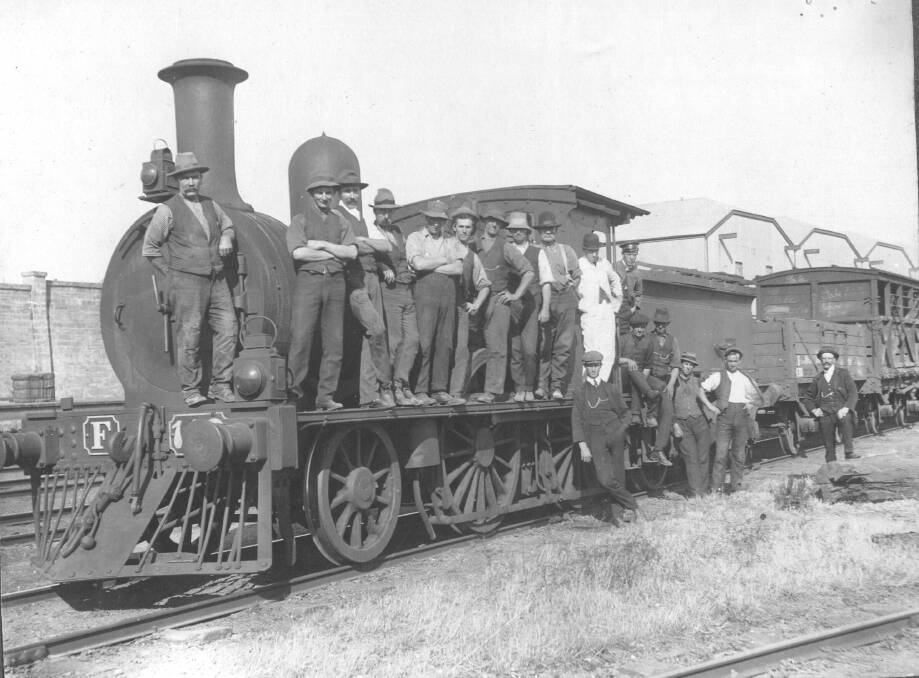
The Standard was there to hail the arrival of the train line to Warrnambool in March 1890. The "express journey took only six hours" it was reported. And in June 1925 reporters were there when the railway produce stores on Merri Street along with rolling stock was lost in a fierce fire labelled "the most extensive fire in the history of Warrnambool".
In more recent memory, major fires at the Capitol Cinema and the Criterion Hotel in November 2012 and the Telstra exchange fire in that same year made front page news. The blaze at the exchange affected operations at The Standard with journalists sent to Ballarat to ensure the paper made it onto the presses without missing a day's edition. The city was left without landlines, internet and banking services.
Reporters and photographers also recorded the devastation of the deadly Ash Wednesday bushfires in February 1983 which claimed the lives of 10 people and thousands of stock.
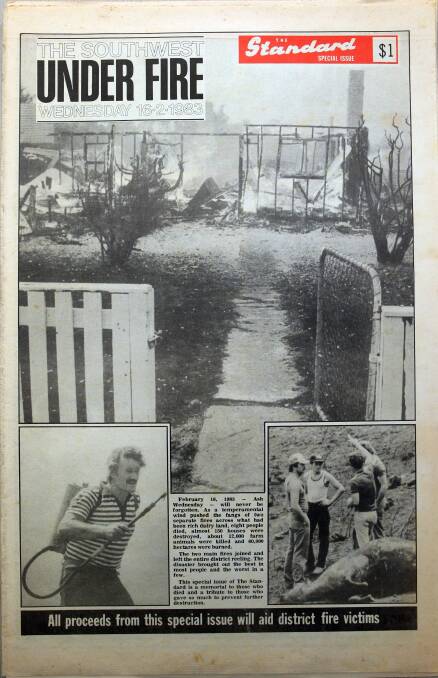
More recently, in 2017, the St Patrick's Day fires claimed 24 homes and more than 2000 kilometres of fencing. As the fires broke out in the darkness of a wild and windy night, somehow no one lost their lives but the impact devastated many. It wiped out some farms completely and the stock losses were more than 10,000 across 219 farms.
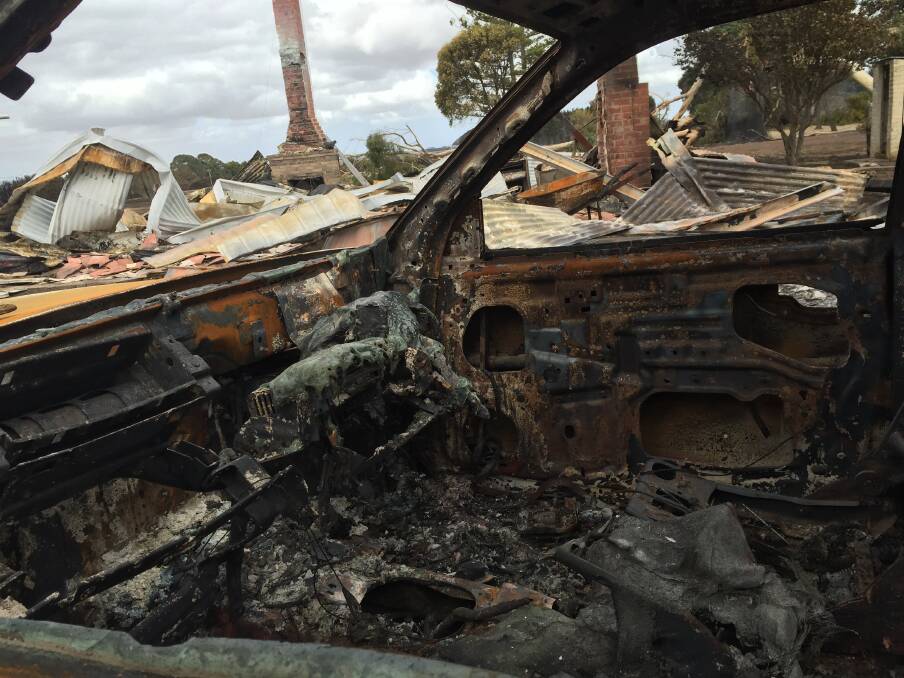
Floods sweep across the region
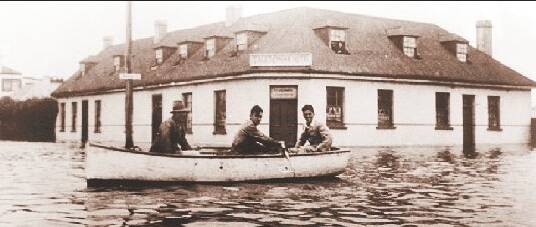
The floods that swept across Warrnambool and the south-west of Victoria during March 1946 claimed seven lives, inundating homes and washed away Cassady's bridge in Warrnambool as well as the Woodford bridge.
Many stories of dramatic rescues emerged as following editions of The Standard documented the extent of the damage as far away as Bessiebelle.
Destructive quake shakes the city
On April 8, 1903, Warrnambool and region was rocked by an "unusually violent" earthquake. It lasted 10 to 12 seconds, but public buildings and homes began to "literally sway to and fro". Cracks appeared in the town hall and breakwater, and a cross fell from the top of the Presbyterian church to the ground. Large tombstones in the cemetery were dislodged and damaged. Another quake followed three months later.
Tragedies at sea and on the river
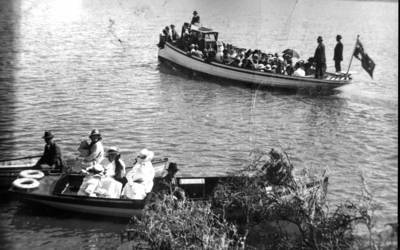
Tragedies at sea and on the Hopkins River were all too frequent stories reporters had to cover in the early days of The Standard. From the loss of the Nestor on the Hopkins claiming 10 lives in 1921, to the many ships that came to grief in Lady Bay, The Standard has recorded details of it all.
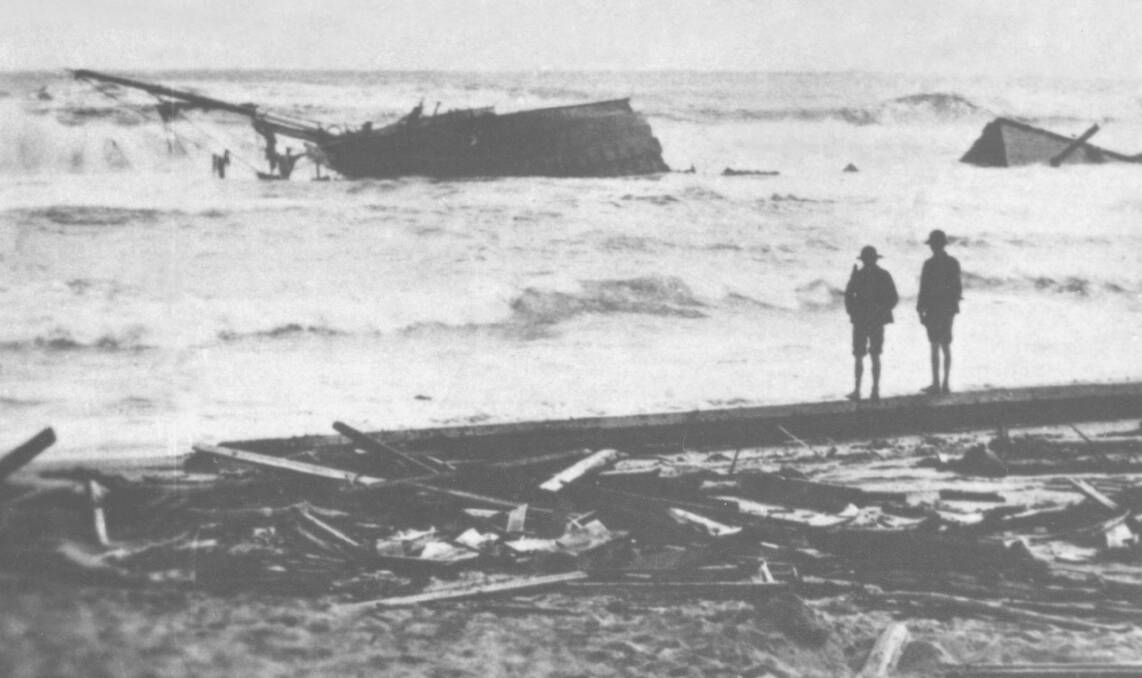
The Standard recounted the "terrible tale of suffering and death" when the La Bella sank on the reef at the back of the breakwater in 1905. Out of 12 onboard, just five survived. Young South Warrnambool fisherman William Ferrier, who helped rescue the captain and the crew in his dinghy, became a national and international hero.
There have been more than a dozen shipwrecks in Lady Bay over the years and The Standard was there to make sure the loss was not forgotten by time. From the La Bella to the wreck of the Edinburgh littering the beach with debris in 1888 and sending barrels of cement for the breakwater to the bottom of the ocean.
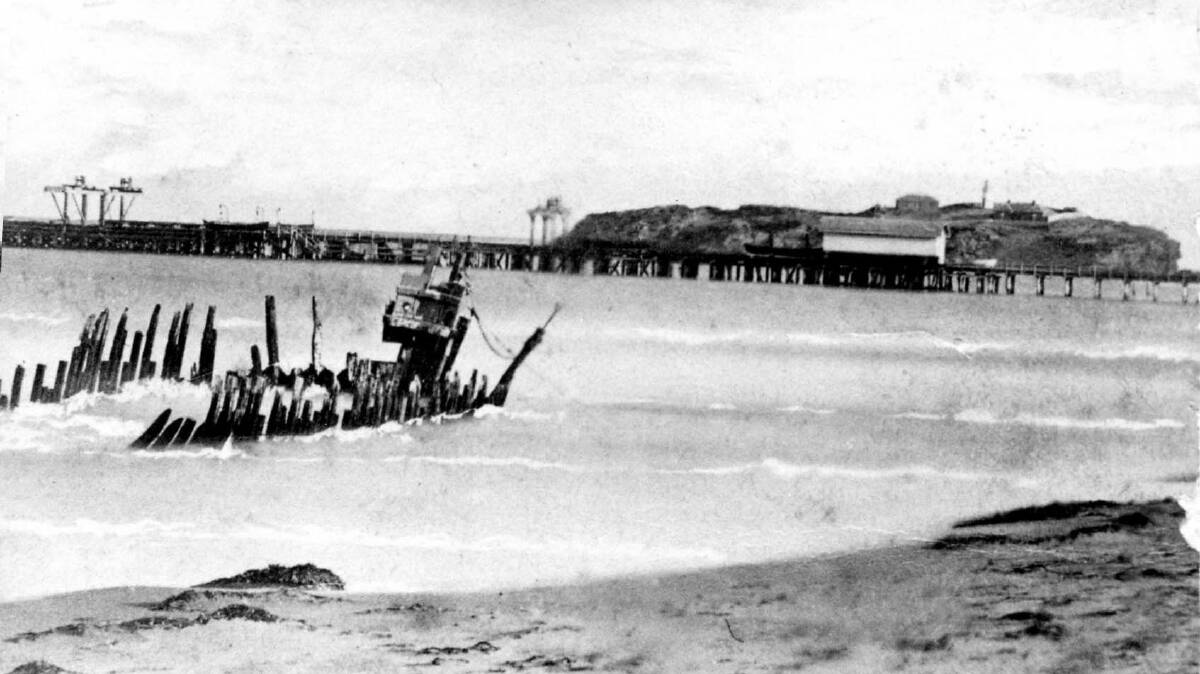
When shipping icon Thomas Osborne died in December 1902, his unusual request to be buried at sea was granted. His final resting place was five miles south of the Warrnambool lighthouse. His widely read nautical articles were printed in The Standard under the nom de plume of Sliding Gunter.
Progress changes the face of our city
The opening of the city's first saleyards in 1883 was hailed as "major progress" in the pages of The Standard and in 1972's anniversary edition was significant enough to be given a full page. "A lovely spring morning heralded auspiciously a day that will long be remembered in the traditions of Warrnambool," The Standard reported.
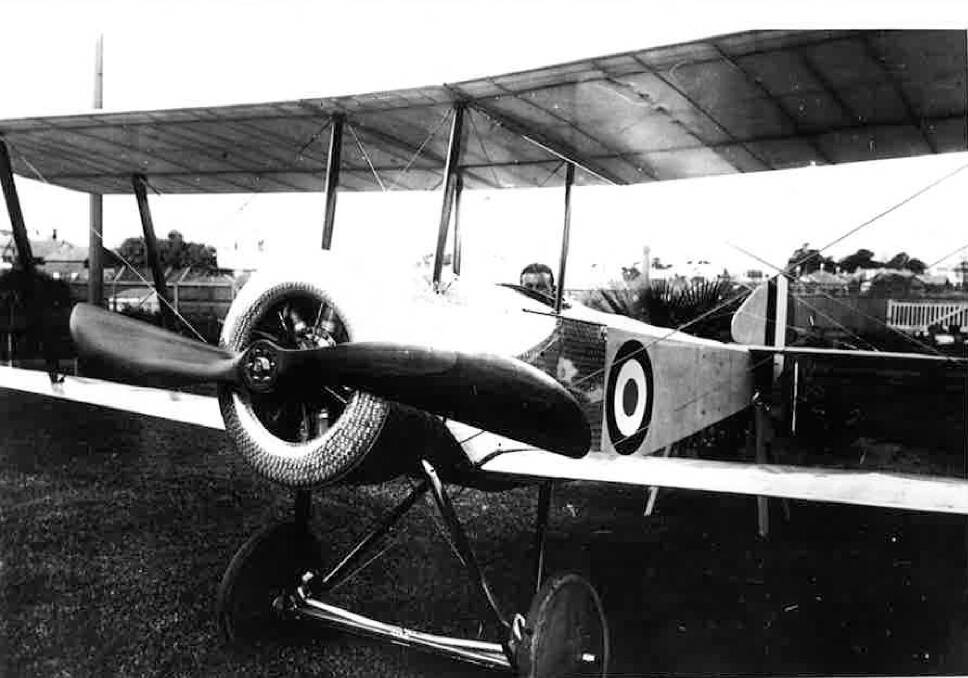
The first plane to visit Warrnambool was in January 1917, with Basil Watson putting on an aerobatics display at the racecourse. The 23-year-old died when the bi-plane he had made himself crashed into the ocean two months later.
The Standard was there when one of the first electric light poles was erected in the city in 1923. The arrival signalled a new era for the city and was welcomed with much fanfare.
When Warrnambool celebrated its centenary in 1947, a crowd of 20,000 gathered to watch the float parade.
Warrnambool, in recent years, was named the most liveable city, but it is no stranger to accolades, with The Standard reporting in 1958 it had beaten 42 others to win the coveted premier town award. In 1928 it triumphed in the ideal town contest and celebrated with another parade.
Delivering news of major world events
The Standard doesn't just bring its readers local news, but major events across the country and the world. When news reached The Standard the armistice had been signed at the end of World War I, it prompted scenes of jubilation outside the newspaper office. Speeches were given, flags were waved and fireworks were discharged.
Keeping the region's history alive
Since Warrnambool's raw beginnings, the local newspaper has recorded births and deaths, activities and events, sales of property and businesses to illustrate the progress of our city.
Warrnambool and District Historical Society has had a long association with The Standard and vice-president Marita Murphy said it relied on the paper to grow and pursue the preservation of Warrnambool's history.
"From a historical research perspective, a significant portion of research conducted by our members often relies in the first instance on articles, advertisements and personal notices," she said.
"Pages from The Standard, whether a personal event from the 1930s to carefully collected articles about local clubs from the 1960s to rough pages preserved since 1900 under linoleum, all provide a rich source of information for future generations."
A 150-year print evolution
The Standard was born in an era when newspapers were king, and for 150 years it has been there through Warrnambool's highs and lows.
The paper has moved with the times evolving to survive the arrival of radio, television, the internet and now social media.
Richard Osbourne had published Warrnambool's first newspaper, The Examiner, in 1851 but it had a stop-start run over the next few years.
Mr Osbourne had been dubbed "the father of the Warrnambool press" after he'd sailed to Warrnambool and begun working as a correspondent for The Argus newspaper in Melbourne in 1847 - the year Warrnambool was officially declared a township.
Other publications came and went in the 1860s, including the short-lived Telegraph, Sentinel and Advertiser. In 1867, William Fairfax - a relative of the Fairfax family who owned the Sydney Morning Herald - along with town clerk Henry Laurie, leased the Examiner for five years.
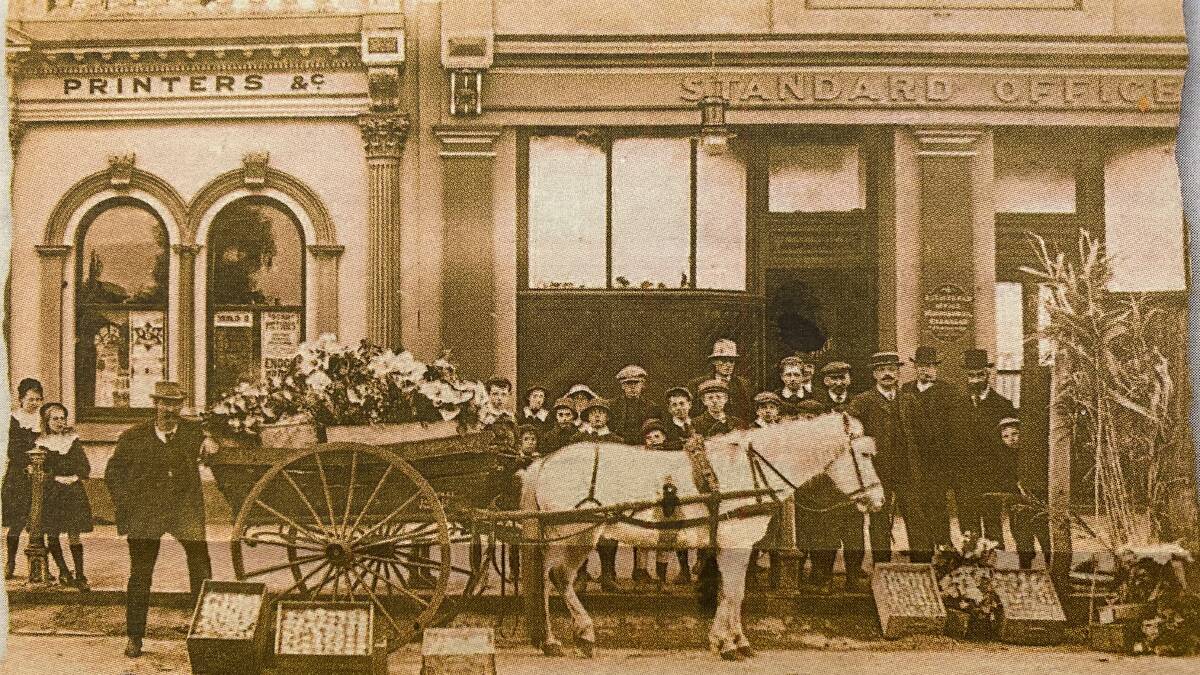
But when Fairfax and Laurie's bid to renew the lease was rejected, The Standard was born and on October 1, 1872, the first four-page edition rolled off the presses from the Koroit Street building which still bears the paper's name.
Arguably The Standard's most well-known journalist - John Archibald - had initially started working at The Examiner and later The Standard before his career took him to Sydney where he founded and became editor of The Bulletin in 1880.
He gives his name to Australia's most prestigious art prize - the Archibald.
In 1878, The Standard became a bi-weekly and by January 1, 1884 it became a daily newspaper - a tradition it has maintained for 138 years.
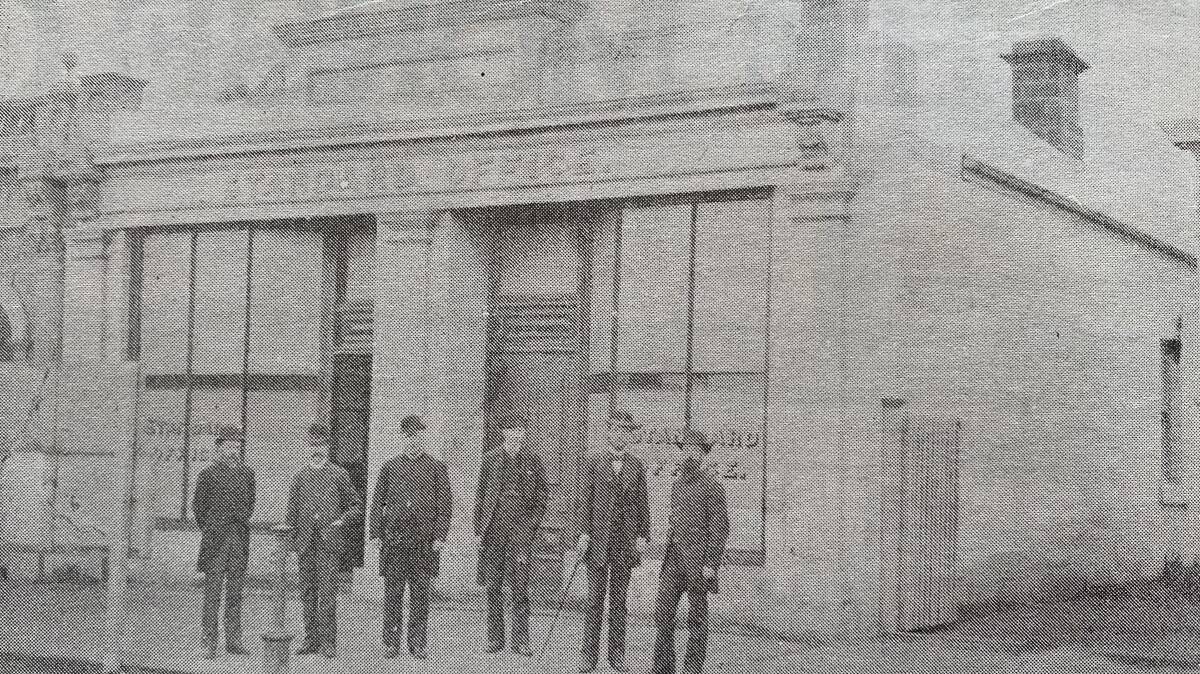
Those early editions were filled with comprehensive coverage of local government news - some up to 7000 words long.
In 1911, The Standard started an egg drive in the hope of getting a dozen eggs donated for hospital patients - it ended up bringing in 75 dozen. The hospital egg appeal idea pioneered by The Standard quickly spread across the country. It even led to a race between Melbourne and Warrnambool to see which was the first to collect 10,000 eggs. Warrnambool won hands down.
The hum of the presses starting up at the Koroit Street site continued until 1987 when the printing of the paper moved to McMeekin Road - a move which allowed the paper to introduce colour pages. The arrival of the internet and social media brought major change to The Standard. The expansion into online has meant a shift in how news is delivered but the way it is still "serving the south-west daily" hasn't changed.
Now just one tap with our new app: Digital subscribers now have the convenience of faster news, right at your fingertips with The Standard:


